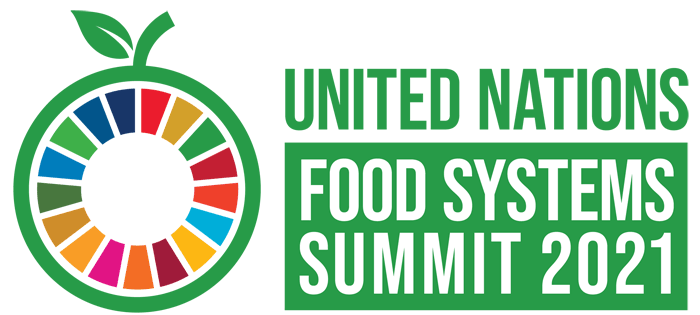The Journal Food Policy published an article on “The global cost of reaching a world without hunger: Investment costs and policy action opportunities” by Bezawit Beyene Chichaibelu, Maksud Bekchanov, Joachim von Braun and Maximo Torero.
This study developed a marginal abatement cost curve to identify a mix of least-cost investment options with the highest potential for hunger reduction, hunger here defined by the undernourishment concept of the Food and Agriculture Organization. Twenty-two different interventions are considered for reducing undernourishment relying on information drawn from best available evidence-based literature, including model- and large-scale intervention studies. Ending hunger by 2030 would require annual investments of about US$ 39 to 50 billion until 2030 to lift about 840 to 909 million people out of hunger, which is the 2020 estimate of hunger projection in 2030, also considering the effects of COVID-19. Investing in agricultural R&D, agricultural extension services, ICT – Agricultural information systems, small-scale irrigation expansion in Africa and female literacy improvement are low cost options that have a relatively large hunger-reduction potential. To achieve the goal of ending hunger by 2030, not only is it urgent not to lose any more time, but also to optimally phase investments. Investments that have more long-term impacts should be frontloaded in the decade in order to reap their benefits soon before 2030. A balanced approach is needed to reach the hungry soon – including those adversely affected by COVID-19 with social protection and nutrition programs.
Read article here: https://doi.org/10.1016/j.foodpol.2021.102151
